This illustration of a violin by Carlo Giuseppe Testore was published in The Strad, November 1936. The following text is extracted from an article accompanying the photographs:
To those of our readers who associate the name Testore with rough nondescript Italian violins constructed from very plain wood and covered with a curry coloured and rather opaque varnish this instrument will be something of a revelation.
This violin is by the eldest of the Testores, Carlo Giuseppe, who worked from 1680–1710, and is considered the best of the four recorded makers of this name. It is a particularly fine example in a very pure state. It is not surprising when this violin is studied that instruments by Carlo Giuseppe Testore were frequently attributed to more important makers such as his master Giovanni Grancino; when this was opened for repairs in 1884 it was found on removing the spurious Grancino ticket to bear beneath the original label of Carlo Giuseppe Testore dated from Milan in 1690.
The table of this instrument, which is joined, is of wide grained vigorous pine, the grain being very open at the flanks. The purfling of the belly is original. The sound-holes are cleanly cut and of the form often found in instruments by Joseph Guarnerius. The two-piece back is of small figured native wood. The back is unpurfled, the lightly incised lines taking the place of the usual inlay. The varnish is lightish brown-yellow, very clear and sparingly applied. Principal measurements: length 14in; top bouts 6 1/3in; lower bouts 8 3/16in.
Quite a few of this maker’s and his son’s instruments bear a brand mark in the form of an eagle, the Testores working at the sign of the Eagle in the same narrow street in Milan where the Grancinos worked at the sign of the Crown.
Subscribe to The Strad or download our digital edition as part of a 30-day free trial.


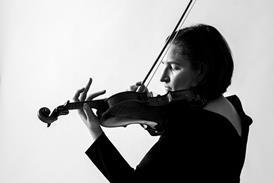
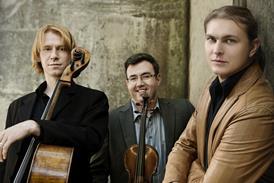


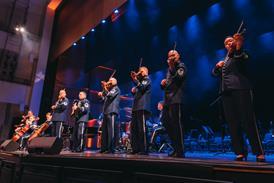
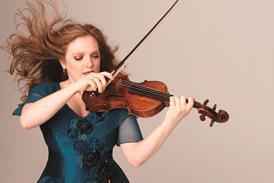







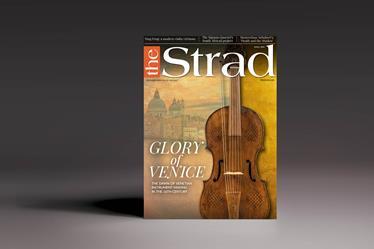







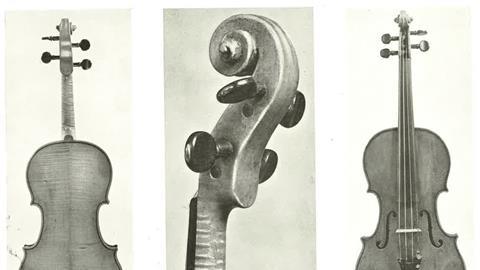









No comments yet